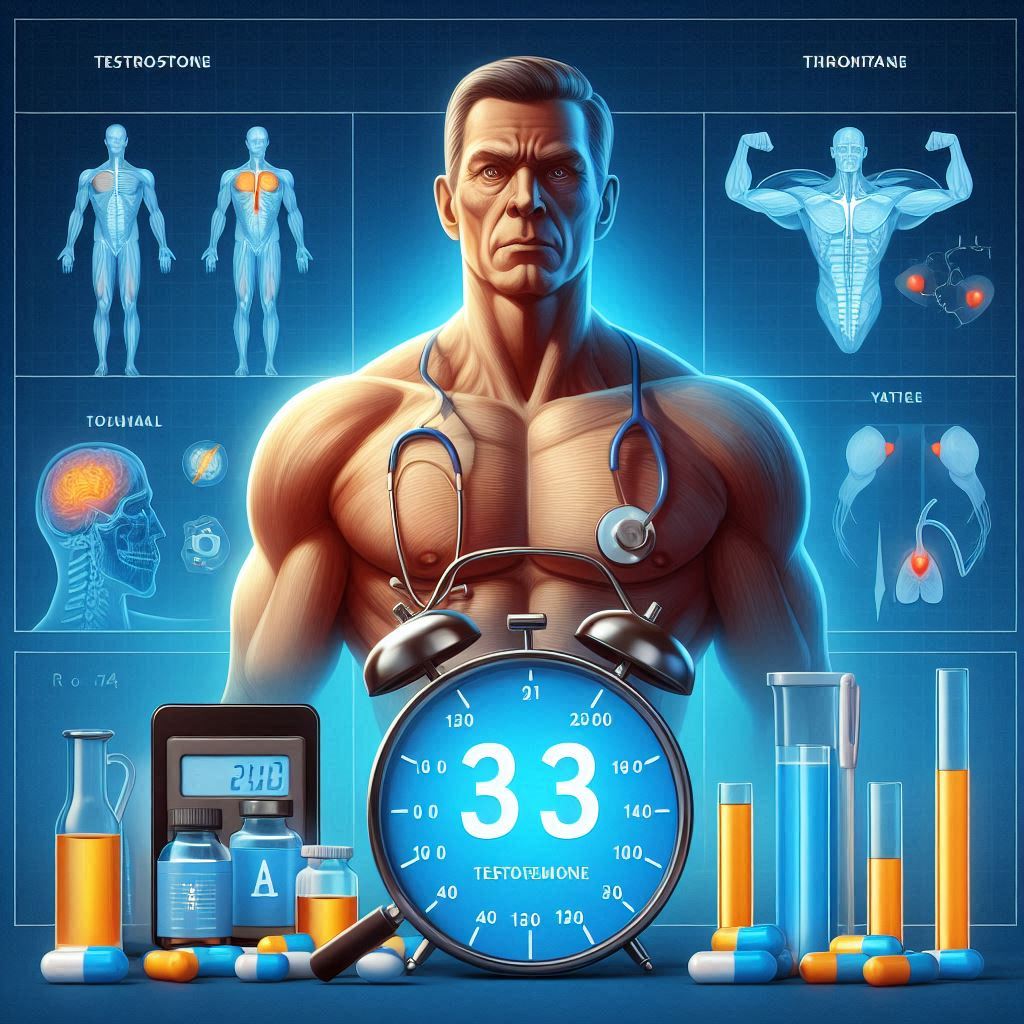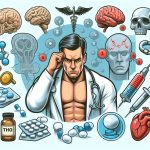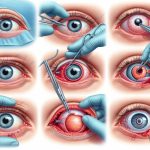This website uses cookies so that we can provide you with the best user experience possible. Cookie information is stored in your browser and performs functions such as recognising you when you return to our website and helping our team to understand which sections of the website you find most interesting and useful.

Are your testosterone levels normal for your age? Find out now!

Have you ever wondered what the normal testosterone level is for your age? I’m Dr. Rena Malek, urologist and pelvic surgeon, and today we’re going to review some new research digging into what testosterone levels are on average for men between the ages of 20 and 44.
According to the American Urological Association, low testosterone levels are less than 300 nanograms per deciliter. To officially diagnose low testosterone, you need to have two serum total testosterone levels taken in the early morning. We specify early morning because, among men with traditional sleep patterns—usually sleeping between 10 p.m. and 6 a.m.—peak testosterone values occur between 3 and 8 a.m. These levels tend to decrease significantly throughout the day. For instance, total testosterone levels measured at 4 p.m. in men aged 30 to 40 years are 20 to 25 percent lower than measurements taken at 8 a.m.
Why Take Two Measurements?
Because there is significant variability in testosterone levels, even within the same individual. Research has shown that repeat testosterone levels can vary between 65 to 153 percent between tests. Using two measurements reduces this variability to somewhere between 30 and 43 percent.
The problem with the 300 nanogram per deciliter cutoff is that it was derived from testosterone replacement trials conducted in men over the age of 45. We know that testosterone levels decline with age, and cutoffs vary depending on the society you’re looking at. While the American Urological Association says 300, other societies set cutoffs as low as 200 or as high as 350 nanograms per deciliter.
Symptoms of Low Testosterone in Young Men
In my practice, many young men come in with symptoms of low testosterone. These symptoms can include fatigue, low sex drive, difficulty with erections, reduced muscle mass, loss of armpit or pubic hair, smaller testicles, hot flashes, depression, difficulty with concentration and memory, or enlarged breast tissue.
These symptoms are serious and can significantly impact quality of life. In these young men, I often check their testosterone levels and find values between 300 and 400 nanograms per deciliter. While this is considered normal overall, it might not be normal for them. Until recently, we lacked great data on what is expected to be normal for younger men.
New Research on Testosterone Levels
A recent study pulled data from the National Health and Nutrition Examination Survey (NHANES), which looks at a representative sample of people from around the United States. The researchers focused on men aged 20 to 44 who underwent early morning testosterone measurements between 6 a.m. and 10 a.m. They divided these men into five-year age groups: 20-24, 25-29, and so on, up to 40-44.
The study included about 1,500 men with an average age of 32 years.
Study Findings
What did they find? In the 25-29 year age group, the mean testosterone level was the highest at 514 nanograms per deciliter. For those aged 40-44, the mean level was the lowest at 430 nanograms per deciliter. They also found that testosterone levels decrease by 4 nanograms per deciliter for each year of age. To determine age-specific cutoffs for low testosterone, they looked at tertiles within each age group. The cutoffs were 409, 413, 359, 352, and 350 nanograms per deciliter for the age groups 20-24, 25-29, 30-34, 35-39, and 40-44, respectively.
This study provides a starting point for discussing what is considered normal in different age groups. However, it has limitations. We don’t know if the men in the study had symptoms of low testosterone, which could mean the cutoffs are higher than they should be. Additionally, the NHANES database only included one serum testosterone level, and we know that 30 to 34 percent of men with an abnormal level will have a normal level within the next 24 hours. Ideally, you would get multiple measurements to determine a true normal value.
What Should You Do If You Have Symptoms?
If you are experiencing symptoms of low testosterone, please make an appointment with your doctor, urologist, or endocrinologist to discuss what this means and whether you are a candidate for treatment. Treatment doesn’t always mean getting testosterone; it may involve other interventions.
I’ve discussed low testosterone many times in the past, including how to boost your levels and what testosterone replacement therapy involves. Check out my testosterone playlist to learn more.
If you’ve enjoyed this video, please make sure to subscribe. It means the world to me. I totally appreciate it.
And if you want a reminder to take care of yourself, check out my “Take Care of Yourself” water bottle and coffee mug. You’re worth it!














